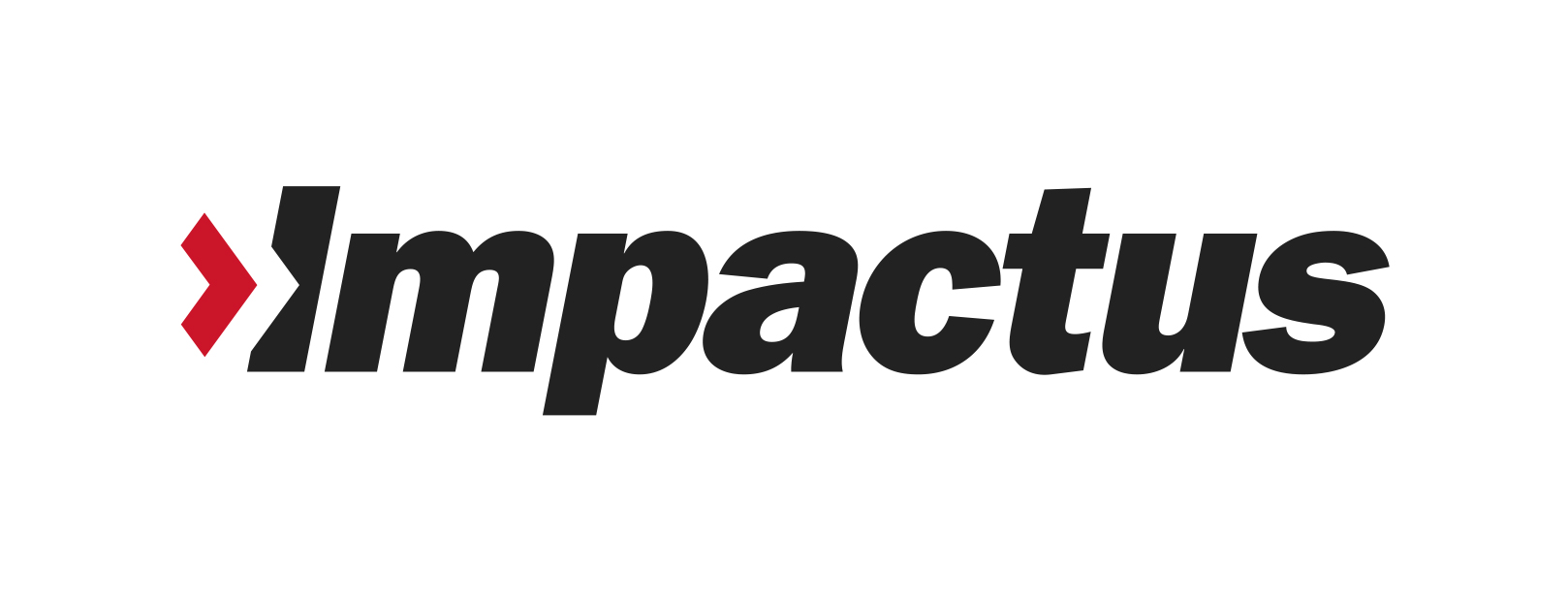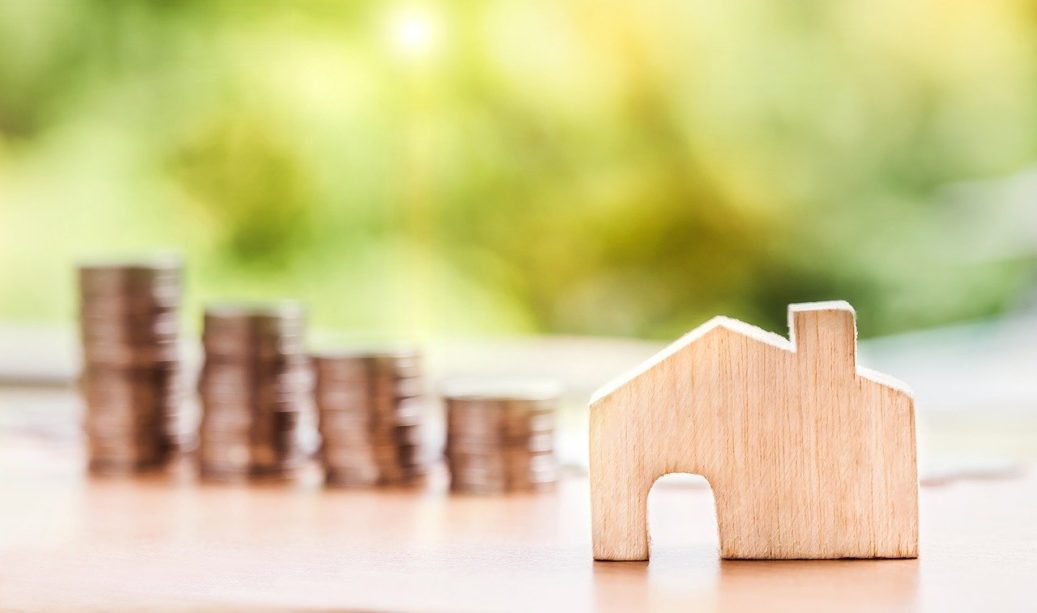Tackling money issues head on will save future pain
Many of us shudder at the word “debt.” It can suggest weakness and servitude, obligations and liabilities. Some of us recall old stories of debtors’ prisons. Being “in debt” sounds sinful.
The world, however, could not function economically without debt. Debt is simply one side of a coin; the other side is credit. Like many aspects of life, debt becomes a problem when it is abused. This, as many Canadian families know, can occur with surprising ease and speed. Wishing away debt doesn’t work. Dealing with it usually succeeds. Here’s how:
Understand the three kinds of debt
Believe it or not, there is such a thing as good debt. Which means, of course there is also bad debt. And in the middle is not-so-bad debt. Dealing with debt begins by categorizing it in this manner and assigning priorities to reduce and eliminate it.
Good debt enables us to achieve worthwhile goals in a financially sound way. A mortgage on our house, with a low interest rate and easily handled monthly payments, is a good debt. It provides a place to live and raise our family, and builds home equity—the difference between the value of our home and the mortgage balance—over many years. A student loan may qualify as a good debt depending on the amount and the ability of the graduating student to handle payments when he or she launches a career.
Bad debt is money owed for nonessential purchases. A new spring jacket that looks like a million dollars may not cost that much, but if the purchase is made with a credit card, its allure may vanish long before the bill is paid. Most bad debt builds not through large single purchases but from small multiple purchases. Many are forgotten until the monthly credit card statement arrives and we have little to show for the money we spent.
Some bad debts are foolish in the extreme. Borrowing money for gambling or to satisfy a habit for drugs or alcohol are the most dramatic examples. If these occur, eliminating the debt must be accompanied with plans to eliminate the behaviour causing it.
Not-so-bad debt may include a bank loan to redo a kitchen or add a new bathroom. Both can add value to our home. Some debts are incurred by necessary purchases, such as replacing a broken down furnace or refrigerator. These not-so-bad debts should not be a concern as long as the payments are easily within our budget.
For several reasons, bad debt should be given first priority when it comes to improving our financial situation. The biggest reason is the interest rate.
Take an interest in the interest
Most Canadians have little or no knowledge of the interest charged against their debts, especially debts from credit and charge cards. This is disturbing because interest on outstanding debts is money that buys us nothing but time— and time comes at a very high price.
Credit card companies charge as much as 18 to 20 per cent annually on outstanding balances. Retail store charge card rates are even higher; one large Canadian chain store charges a hefty 28.8 per cent annually on unpaid balances. When we compare these rates with annual interest paid on high interest savings accounts of two per cent or less, and mortgage rates hovering below six per cent, we see how costly these credit and charge cards can be.
Credit is a loan, and all loans are defined as either secured or unsecured. The mortgage on our house is secured because the mortgage lender can claim the house and property if we fail to repay the loan. This reduces the risk and justifies a lower interest rate. Credit cards represent unsecured loans; only our promise to repay the money provides any assurance to the creditor. When the risk goes up, so does the interest rate.
The allure of too much credit
Despite the risk, credit cards are enormously profitable to the issuers. That’s why those of us with good credit ratings are offered so many credit cards, sometimes with spending limits as high as $10,000, $20,000, $50,000 or even more.
The offers are both flattering and tempting, and many of us accept these cards, saying “You never know when you may need the money.” Just because a lender offers this credit does not mean we have to accept it, and we shouldn’t. Almost every income earner in Canada needs fewer credit cards, not more. One low-cost credit card will do the job. All the others should be cut up and discarded.
How much is too much?
A large number of Canadians are in serious debt without knowing it. As long as they can handle their monthly minimum payment on the charge and credit cards, they believe they are not in trouble. The most serious debts to tackle for most people are their credit card payments, and these should represent their first priority.
The general guideline for monthly payments to credit cards and all consumer loans is 15 per cent of after-tax income.
For a family with a monthly net income of $5,000, this means no more than $750 each month should be diverted to them. If your debt payments are exceeding 15 per cent of your net income, let’s start doing something about it.
About


